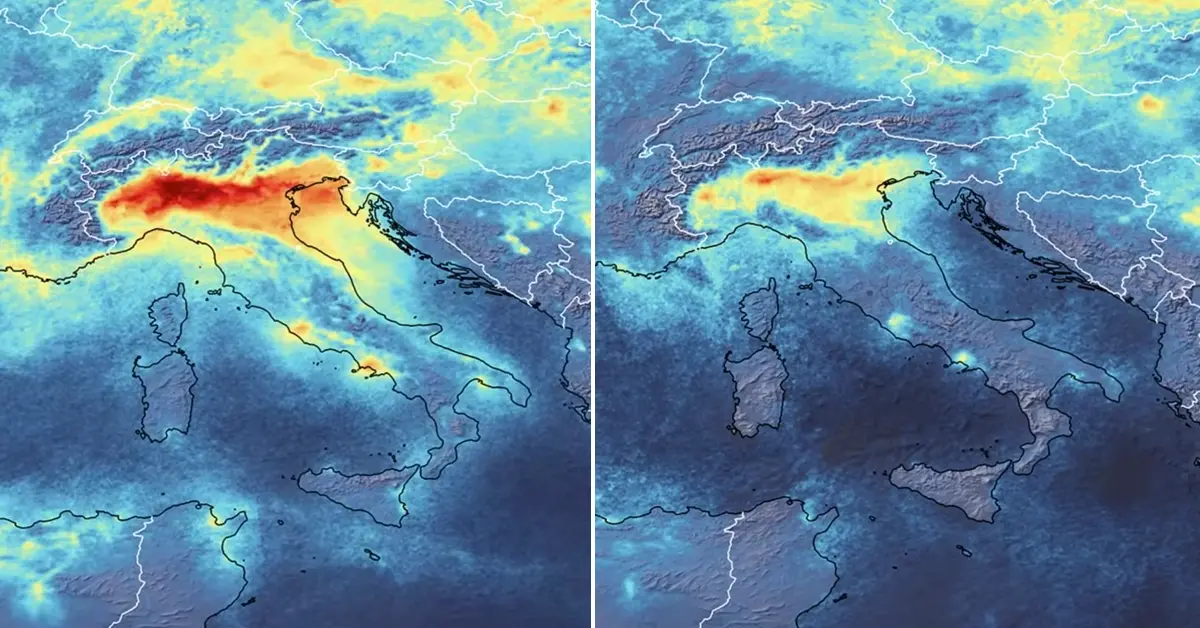Lax environmental regulations, particularly during a recession, leads to large and small industries dodging environmental safeguards. That is the way of our dog-eat-dog world. Here is where the country with the most diverse population and industry, India, comes into play. The most unique thing to point out in this context is the fact that environmental safeguards as a whole is the rock that Sisyphus carries, and each new government is the modernised and contemporary incarnation of Sisyphus, wherein each of our Indian Sisyphus's try to climb the mountain of environmental responsibilities and obligations, only to see the body of rock roll down the cliff aggressively.

The Union Ministry of Environment, Forest and Climate Change (MoEFCC) recently issued the draft EIA Notification 2020. It was expected that this notification (The newest notification after the EIA Notification 2006) would bring about major and influential changes in the way infrastructure projects such as mines, industries, large townships, etc are granted environmental clearance and are regulated. The Environment Impact Assessment (EIA) Notification 2020 aims at an indirect retrospective application and replacement of the EIA Notification of 2006. The EIA Notification 2020 is no different from EIA Notification 2006 as it only collates all executive clarifications, court decisions and directives, amendments, etc that were already in effect between 2006 and now. The draft, almost anachronistically like our great constitution, puts it all together into one document. This draft lays out an elaborate illusion in the form of a six-step process with many definitions, leaving the impression that there is a systematic scrutinizing framework preceding the approval. This Notification creates a certain complacency wherein it makes one feel like this draft is familiar and innovative, when in reality all the premises and presumptions that this system is based on are under organised scrutiny. It has been a gangland myth and a false narrative disseminated by industrialists, leaders and the government that "Environmental approvals cannot improve or boost the economy". Environment safeguards are shown as a hurdle and this hurdle is aggrandized in the form of the narrative of 'Environment vs Development'. We may not have many major projects coming up due to recession but even if we do, the victory of the leaders and industrialists lies in the fact that the last thing investors will invest in is environmental safeguards because they want resources handed to them at cheap prices so that they can incur profits even during a recession.
After this draft, projects like dams would only require an easily accessible "Environmental permission" from authorities to begin construction. This allows for lenient assessment and increases the danger these projects pose to the environment as it promotes relaxations on enviromental safeguards such as exemptions to certain sectors, lenient monitoring and compliance protocols, and so on. Lastly, the common people are peripheral to this callous notification as it has reduced the scope of public hearings. As all of us can be affected as a consequence of a project, this draft must have more provisions for hearings, thereby disseminating the grand ethos of the Indian democracy.